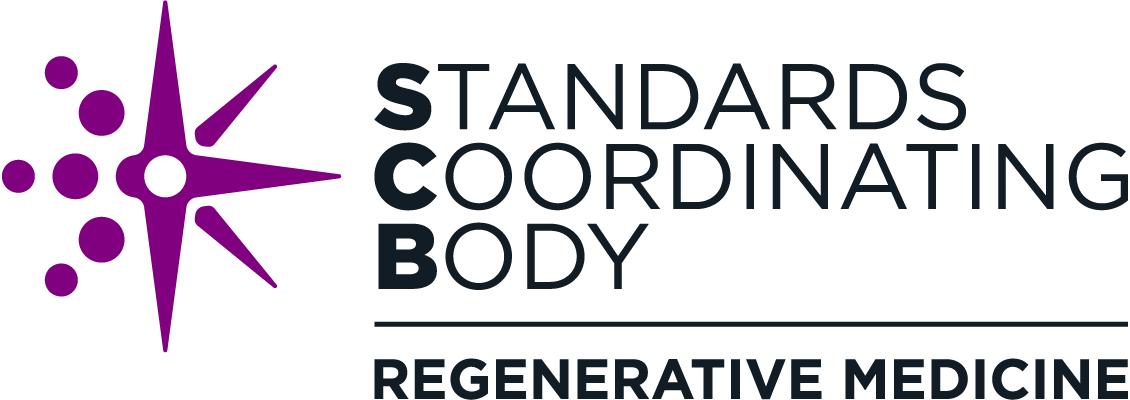PDA Launches Project on Cell Cryopreservation Standards in Partnership with SCB
Washington, DC (February 6, 2019) — Because many cell therapy products have a shelf life as short as 1–3 days, cryopreservation can be crucial for maintaining product quality throughout a product’s development to ensure its safe use in patients. However, there are many variables in cryopreservation and no current consensus on best practices for preserving cell quality and potency throughout the process. To address the need for consistent and effective cryopreservation methods, SCB is coordinating efforts to establish a standard for common cell cryopreservation operations.
Cryopreservation can provide a solution whenever time is a limiting factor for cell-based products—to preserve a product long enough to conduct sterility testing, to allow time to transport a cell therapy product to the point of use, or to store it until it is needed. Though cryopreservation is often necessary, the freezing process can damage cells, sometimes in ways that are not immediately obvious. Cryopreserved cells that appear healthy may not divide at the same rate as non-cryopreserved cells or may display other unusual behavior. Currently, different organizations approach these problems independently, which can lead to inconsistent results and is an inefficient use of regenerative medicine community resources.
The cryopreservation standardization project was initiated by the Parenteral Drug Association (PDA), a standards developing organization (SDO), in response to requests from various stakeholders for help establishing evidence-based best practices related to cryopreservation media, freezing rates, thaw temperatures, and other variables in the cryopreservation process. Rather than continuing to provide one-off recommendations, PDA decided to enlist the help of SCB to coordinate development of a consensus-based standard that would provide a common framework for selecting cryopreservation methods. SCB has begun organizing a working group that will contribute to a draft standard and is currently identifying needed resources and expertise to support development of the draft.
Consistent and optimized cryopreservation practices could solve many logistical challenges common to the cell therapy field, opening a path to wider commercialization by allowing a greater time delay between cell donation and therapeutic administration, including due to large distances between patients and processing facilities. We are looking forward to advancing this project and seeing the benefits it can bring to the regenerative medicine field.
To learn more about how you can join the working group for this project or become involved in similar initiatives, contact SCB, or sign up for our e-newsletter (below).
